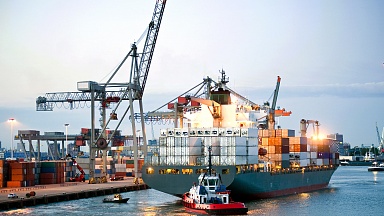Russian Railways (RZD) reported that rail freight transportation between Russia and China has significantly grown in the first five months of 2024, at 20 per cent compared to the same period last year. Freight volumes in both directions amounted to 16,8 million tonnes.
The bulk of the growth is attributable to Russian exports to China. Russia managed to carry 21,2 per cent more goods on the rail across the Chinese border. Exports also account for the vast majority of cross-border freight volumes. Out of the 16,8 million tonnes, 15,6 million are Russian exports. Imports from China amounted to a mere 1,2 million tonnes.
Coal exports
The main reason for such growth in volumes is the export of coal. It accounts for nearly half of all exports, and grew significantly at all border crossings. For example, the volume of coal exports more than doubled at the Nizhneleninskoe — Tongjiang bridge crossing, which was only taken into use in 2022. At all crossings, coal is the top category of freight entering China.




